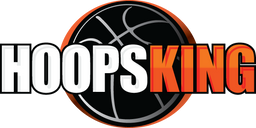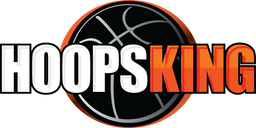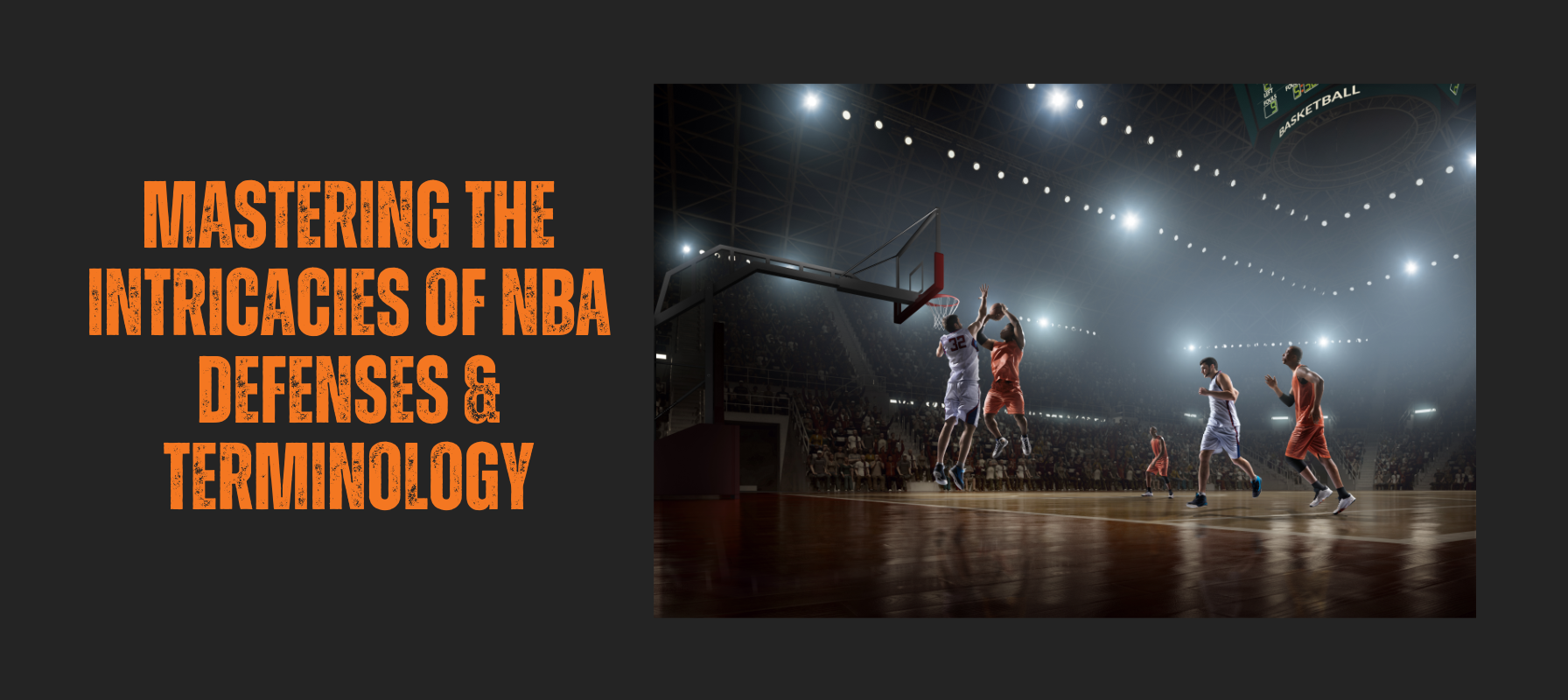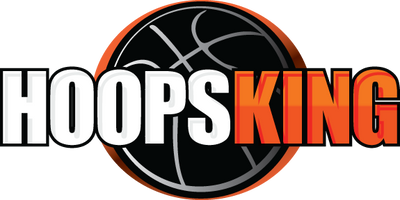Description
Features & Benefits
- Six plays are required to keep a traditional running game alive in a spread offense.
- Find a proven running strategy for an offensive line that is small and quick
- How to capitalize on your run game's success to make big screen plays from the perimeter
- Jet play is a quick way to increase versatility in your offense and get a playmaker on the edge.
Zeeland East High School Head Coach
Coach Derek Pennington's Zeeland East program has been transformed by his run first, spread formation philosophy. The Zeeland East program had just gone through 10 consecutive losing seasons when Pennington took over in 2008. He quickly established five consecutive winning seasons (2009-13), and two conference championships. The last three years have seen Coach Pennington's team average 40 points per game and go 32-1.
Rich Rodriguez and Rick Trickett are major influences on this two-back design.
Coach Pennington demonstrates six core running plays you can use in your spread offense using coaching diagrams and game action clips. To build on the success of his run, Pennington adds three perimeter screen plays in order to take advantage the defense when they begin to creep into the box to end the run.
Spreadshotgun Core Runs:
Coach Pennington teaches you how to control the spread and run the ball. Coach Pennington's six core running plays have produced a 1,000-yard rusher each of his six years at Zeeland. These are the runs you will see:
- Stretch In this outside, base-run play, the back runs east/west, and reads the tackles block.
- Q GTThe quarterback will run the stretch set. This is a counter-trey run. The backs display the stretch look, but the linemen pull and then the quarterback follows.
- Power This is an "Old School I-back formation. When the defensive ends become too wide, Coach Pennington will run Power to stop the stretch play. For short yardage or goal line situations, he uses a double-tight end formation.
- GT This scheme is identical to the Q GT but uses a cross-back action to misdirect the linebackers and create a gap for the running back. If you don't wish to run your quarterback, this is a great option.
- Counter H back set for running against teams with strong defensive ends. Let the H back run the running through the hole.
- Lead In this isolation play against aggressive defense, blockers match-up "body-on body" so that the back isnt waiting on a pulling person. This makes it a faster hitting play.
Perimeter Screen plays for the Spread:
The defense should defend the entire field. Coach Pennington will give you a great overview on perimeter runs and passes from his spread formation, or what he refers to as width plays.
Coach Pennington can cover a wide range of passing plays, from a 4-3 to an 5-2. To stop cheaters or players entering the box, Pennington allows his quarterback to audibly enter a pass play. He draws three perimeter screens to take advantage of these alignments:
- The largest part of their package's width. A one-back set has the QB reading the box and throwing the Bubble when the weight becomes too heavy. This is the perfect set for the player who finds it difficult to deal with in space.
- The Bubble Slant - A counter to the Bubble which creates a window behind defenders who are trying to get wide enough to stop the Bubble.
- Gator A throwback screen that runs off a sprint action back towards the short side.
Coach Pennington also shares two run plays, the Jet and Spread Option. These plays are designed to get a slot receiver onto the perimeter and force defenses to play outside of the hash marks.
This presentation is great and offers many ideas for fine tuning your spread offense.
This was produced at the 2014 Louisville Nike Coach of the Year clinic.
90 minutes. 2015.
 Previous Product
Previous Product
 Next Product
Next Product









